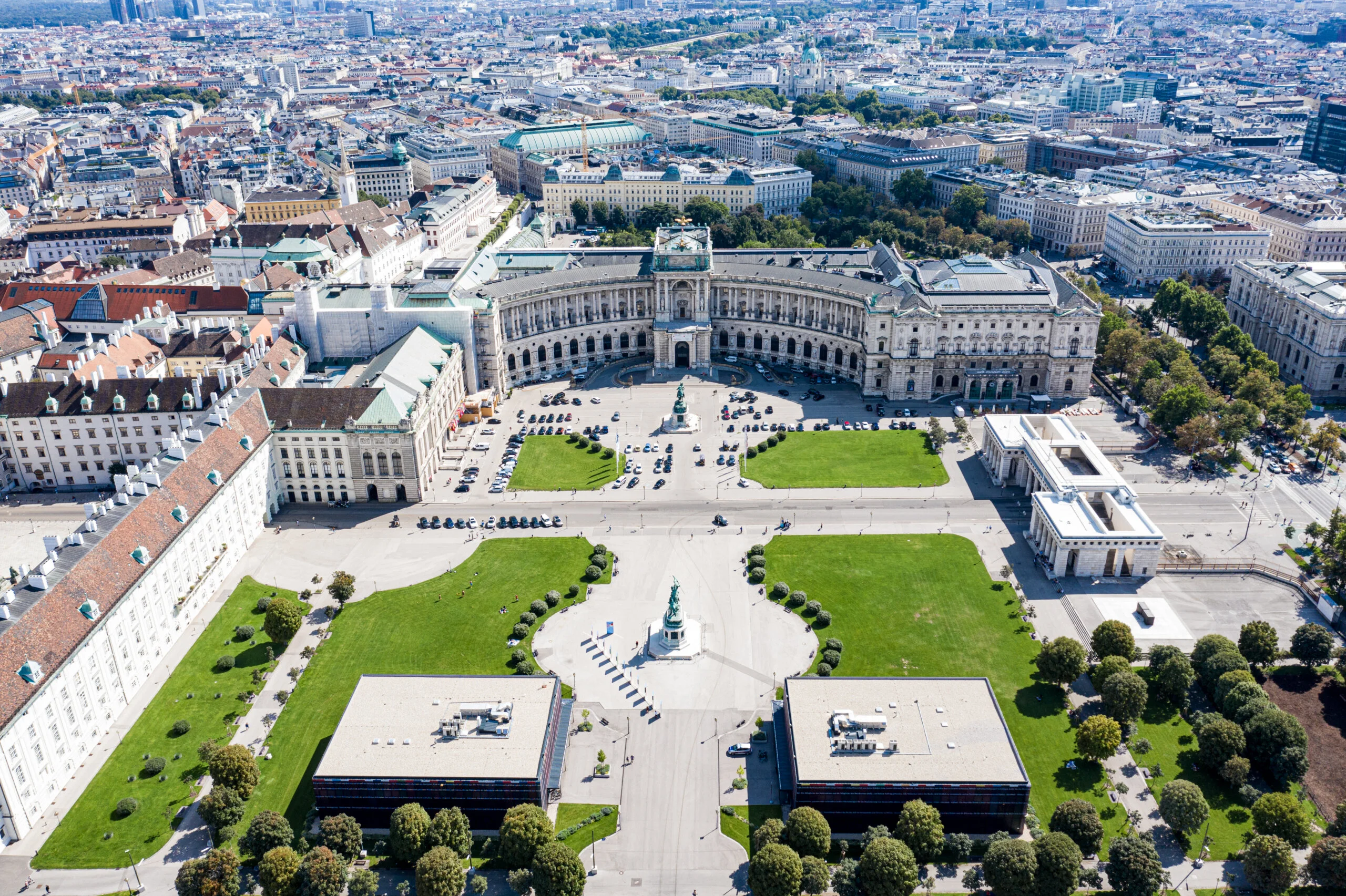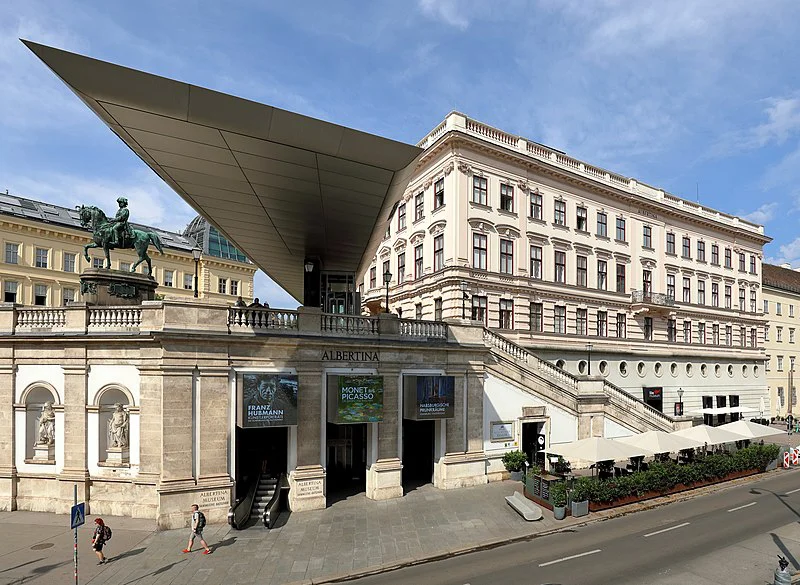The Vienna Hofburg – the former imperial residence of the Habsburgs
When was the Hofburg built and where is the oldest part? How large is the entire area and what is the significance of the Hofburg today?
The Vienna Hofburg is one of the largest palace complexes in the world, covering approximately 500 hectares . The oldest parts date back to the 13th century, the newest parts date back to the 20th century . Over seven centuries it was extended and expanded. Each emperor had another part built, making it an interesting mix of different architectural styles today. The Hofburg was from the 13th century. until 1918 (with short interruptions) the residence of the Habsburgs. Today it consists of numerous world-renowned museums (e.g. Sisi Museum, Imperial Apartments, National Library, Albertina, Museum of Art History , etc.), the Spanish Riding School and the historic Heldenplatz. The Hofburg is the seat of the Federal President and a professional congress center.
Around 5,000 people work in the Hofburg area, which stretches from the Albertina to the Museumsquartier . There is also the possibility to stay at the Hofburg. The Hofburg is owned by the Republic of Austria and administered by the Burghauptmannschaft. In the nearby gardens(Volksgarten and Burggarten) you can relax wonderfully. It all began in the mid-13th century with the construction of the Schweizertrakt, where the Hofburg Chapel (Vienna Boys’ Choir s ings mass here every Sunday morning) and the Treasury are located. In the treasury, to the right of the entrance, you can still see foundations from the 13th century. see. Augustinian monastery and church, Stallburg and Amalienburg followed next. The Leopoldine Wing was built under Leopold I (grandfather of Maria Theresa) as a connecting wing between the Schweizerhof and the Amalienburg. The Reichskanzleitrakt was built by Charles VI in the 18th century. supplemented. The inner courtyard is nowadays called the “inner castle courtyard” . This was followed by the National Library, the Augustinian Wing, the Albertina and the Redoutensäle . The Michaelertrakt, where the main entrance to the Hofburg is located, followed only at the end of the 19th century. The Neue Burg (New Castle) – planned as a double imperial forum, but never realized for reasons of cost – is one of the newer parts of the Hofburg. The twin buildings of the Museum of Art and Natural History , with the Maria Theresa statue in the middle and the Museumsquartier behind it, form the end of the Hofburg complex. Time Travel TipAt the end of Habsburgergasse you will find yourself on a rectangular square, the former bird market of the city of Vienna. On the left you will find the Stallburg with the Lipizzaners, on the right you walk through the small passage past the Michaelerkloster to the Michaelerplatz. The entrance to the Hofburg is on Michaelerplatz. St. Michael’s Church is one of the oldest churches in Vienna. Around it there was a cemetery until 1510. Then this cemetery disturbed by its proximity to the Hofburg and was closed by Emperor Maximilian I. But rich noblemen wanted to be close to the imperial house even in death and had themselves buried in the crypt under the church until 1783. A visit to is highly recommended for horror fans. They go partly parallel to the underground premises of Time Travel, which are located in the complex of the monastery of St. Michael. The Information Center of the Hofburg in the New Castle on Heldenplatz will give you an understanding of the building history of the Hofburg and inform you about all the museums that are part of the Hofburg complex. There is also an exquisite gift store in the information center. More information: www.hofburg-wien.at Image source: https://commons.wikimedia.org/wiki/File:Heldenplatz_Wien_Sept_2020_1.jpg



